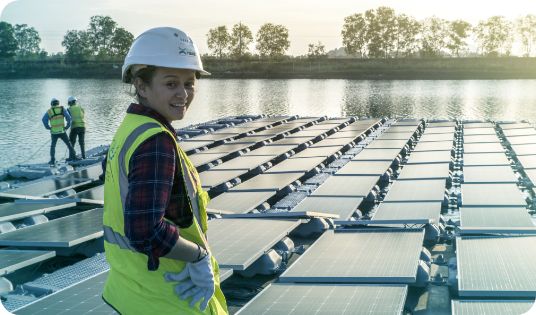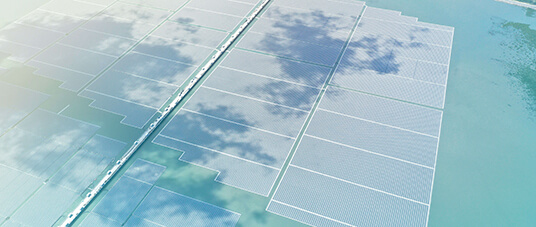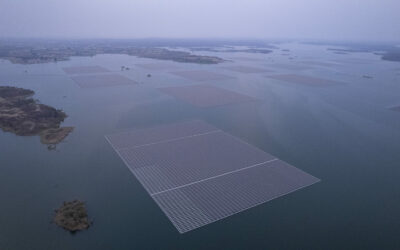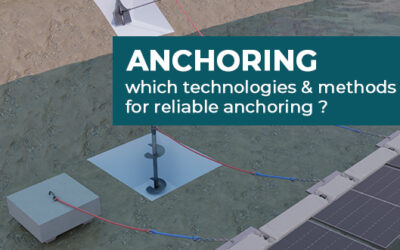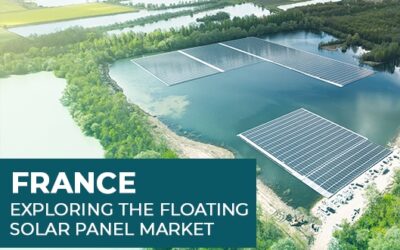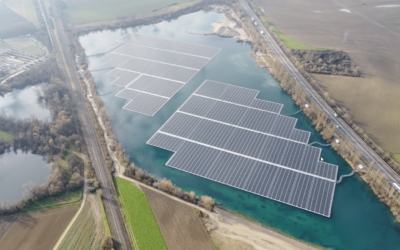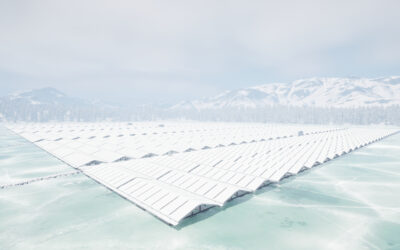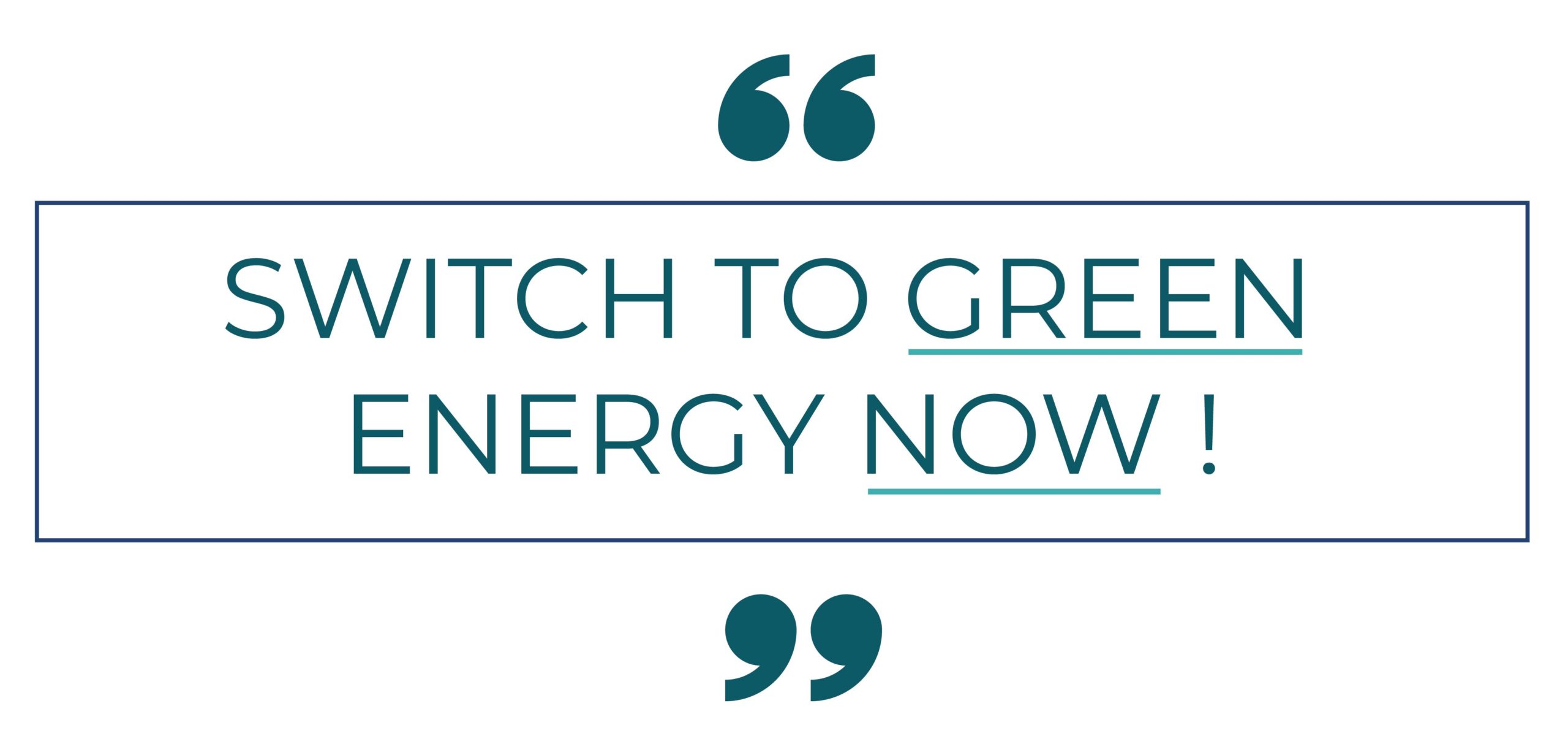
Are Renewable Energy and CO2 Emissions compatible ?
To face global warming challenge, renewable energy actors look for new solutions. Behind developping projects around the globe, one concern still need to be addressed… How to answer the electrical consumption demand and limit the CO2 emissions at the same time?
Floating solar is part of the anwser. Indeed, this additionnal renewable application is now considered as the “third pillar of the solar industry”, alongside rooftop and ground-mounted. As proof, the number of projects increases as well as the size of the FPV plants. That is why the question of minimizing the production and transportation’s impacts, as well as carbon footprint, is becoming key as regards of the market growth. Indeed, every activy, even among Renewable Energy, has a carbon footprint.
That is one of the reason why at Ciel &;amp Terre we have led a precise analysis regarding the CO2 emissions of our product life cycle.
SUMMARY OF CIEL &;amp TERRE’S WHITE PAPER ON THE CO2 EMISSIONS OF FLOATING SOLAR PROJECTS:
This white paper will capture the following:
- Floating Solar: main benefits and potential
- CO2 emissions: impact considerations in Renewable Energy project development
- Case Study: calculations of the carbon footprint in a Central European plant
Floating solar benefits on reducing CO2 emissions:
Floating PV, or floatovoltaics, also presents many social, environmental and economic benefits. By using the water surface to produce green energy, it poses a solution to preserve valuable land for other uses, like conserving natural areas or developing agricultural sites.
Ciel & Terre’s study on product life cycle to evaluate the CO2 emissions impact of its solutions
“Ciel & Terre has been working hard to improve the carbon footprint of its solutions by considering the Life Cycle of a product (LCA) – from the acquisition of raw materials resources to the final removal of the product (ISO 14040 2006). In partnership with a French Engineering School, Ciel & Terre has conducted the first study to evaluate the carbon footprint of its Hydrelio® aiR system. They identified the main sources of CO2 consumption, from prod to delivery, and the other parameters to be improved in order to develop renewable solutions with the lowest CO2 emissions.”
To know more, download the White Paper by clicking below:
Want to know more about our products and our test policy ? Discover our solutions !
If you want to know more about floating solar, or more widely about solar market, don’t hesitate to visit our partner website : Solar Plaza.
